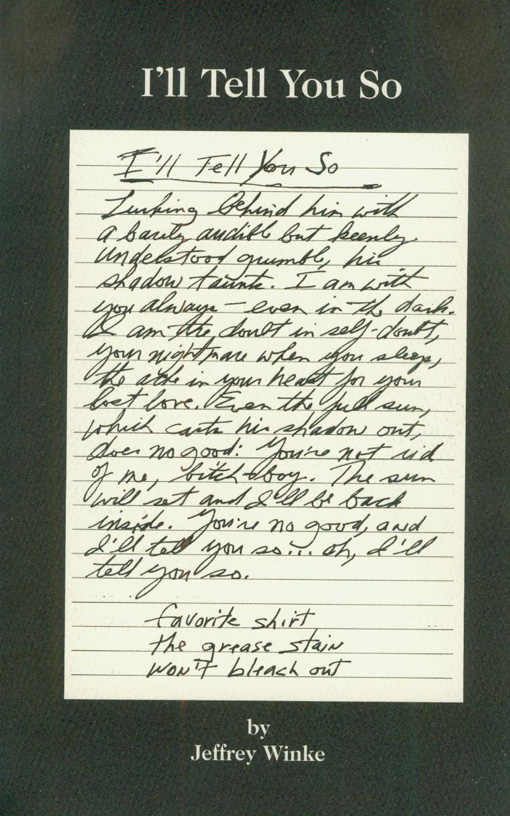 Philip Carlton is an old soul trapped in a barely 20-something-year-old body. The St. Paul, Minnesota painter is a Coe College (Cedar Rapids, Iowa) art program graduate. He’s been painting long enough to have established his voice. Through his art, he speaks of being starkly human. His paintings define the word lugubrious: mournful; dark, dramatic, brooding. Carlton’s portraits, nudes, and “cartoon” figures are serious-looking, urban, and aggressive. Their beauty is in the sense of discomfort they create.
Philip Carlton is an old soul trapped in a barely 20-something-year-old body. The St. Paul, Minnesota painter is a Coe College (Cedar Rapids, Iowa) art program graduate. He’s been painting long enough to have established his voice. Through his art, he speaks of being starkly human. His paintings define the word lugubrious: mournful; dark, dramatic, brooding. Carlton’s portraits, nudes, and “cartoon” figures are serious-looking, urban, and aggressive. Their beauty is in the sense of discomfort they create.Here’s what he says in his Artist Statement: “The human form is inherently beautiful. When I paint, I meditate on that beauty through the two-part process of observation and presentation. I feel that observation, if perfected over years of careful practice, should lead an artist to experience their subject in a very plain and exacting fashion. When I observe something, I strive to leave my mind void of any misinterpretations or inventions. In its perfected state, my observation is precise and mechanical; it is rule bound.
“However, when I finally take brush to canvas and endeavor to present my vision of a chosen subject, my observation does not strictly govern my brushstrokes. In 2007 I began a project wherein I used multi-colored stage lighting to illuminate my models. This project set my work on a path that diverged from observed reality. The absolute freedom to manipulate existing color – or to explore new, arbitrary color schemes – is the foundation of my work. My subjects are often secondary to their presentation.
 “Later in 2007, I stepped away from human models and painted, for the first time, action figures – toys – as though they were human. These figurines were a refreshingly new subject. They held many of the inherent beauties of the human form, as well as their own unique and unexplored qualities. In addition to being a deeply satisfying subject to paint, they appealed to a much broader demographic than my traditional figurative nudes did. I now paint both humans and humanoid forms: figures and figurines.
“Later in 2007, I stepped away from human models and painted, for the first time, action figures – toys – as though they were human. These figurines were a refreshingly new subject. They held many of the inherent beauties of the human form, as well as their own unique and unexplored qualities. In addition to being a deeply satisfying subject to paint, they appealed to a much broader demographic than my traditional figurative nudes did. I now paint both humans and humanoid forms: figures and figurines.“When I create a painting, I strive for perfection. However, when a mirror-like rendition of reality is no longer the goal, perfection becomes a malleable concept. I like to think of each painting I create as a study in color and light that results in an image that is more sublime than the last. It is a process of trial and error: every painting is a thesis in beauty that will inevitably be disproved by the painting that follows it.”





No comments:
Post a Comment